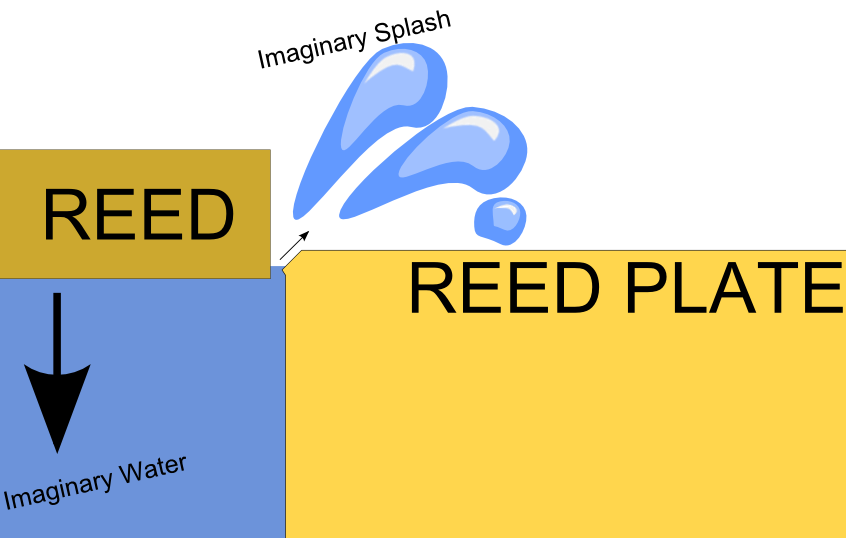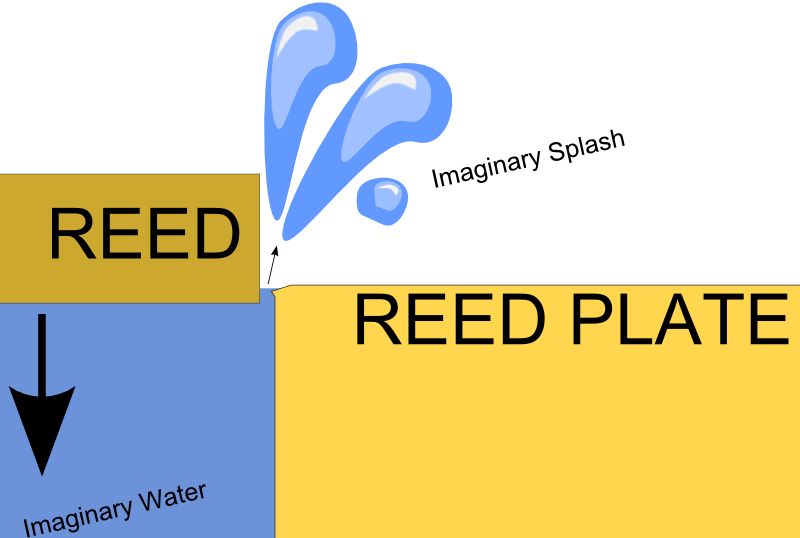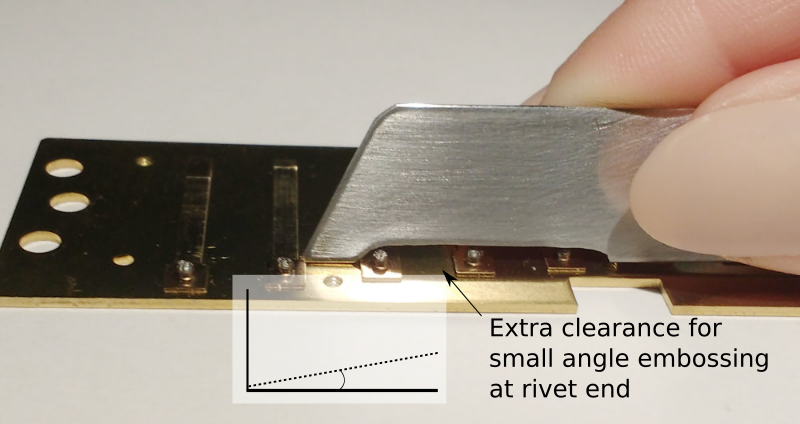This is part of a series of checklists I am making available to you.
----------
Convert Marine Band 1896 to screws checklist
version 2016-12-13
Items needed
___ Thin Paring knife
___ Drill press with 1/16 inch and 3/32 inch bits
___ Pliers (flush cut or needle nose)
___ M2 Tap and tap holder
___ M2 Screws and nuts
___ Clean sheet of 220 grit sandpaper taped to a flat surface
___ F tool
___ French Tuner
___ Wet towel to moisten fingers
___ Replacement comb
___ Flat punch (optional)
Remove cover plates
___ Pry off covers using a paring knife
___ Gently remove nails from covers using pliers
___ Drill front cover plate holes with 3/32 in bit
___ Flatten back nail holes for aesthetic purposes (optional)
Remove reed plates
___ Insert paring knife between back of blow reed plate and comb
___ Advance the knife without prying up so as to lift up all three middle nails (only the three middle nails)
___ Remove nails using pliers
___ Insert knife between back of draw plate and comb
___ Advance the knife without prying up so as to lift up all three nails (only the three middle nails)
___ Remove nails using pliers
___ Place harmonica top(blow plate)-side-down onto drill-press surface
___ Drill through-and-through the three draw plate nail holes using a 1/16 inch bit
___ Remove the remaining nails on the sides of the reed plate using the paring knife and pliers
Prepare reed plates
___ Tap three 1/16 inch holes in DRAW plate with M2 tap
___ Flatsand the draw reed plate using 220 grit sandpaper and a flat surface
___ Enlarge the holes in the BLOW plate using 3/32 inch drill bit
___ De-burr the holes of the BLOW plate
___ Check and correct flatness of the BLOW plate using the French Tuner and the F tool.
Assemble the harmonica using screws
___ Gather both reed plates, both cover plates, five M2 10mm screws, two M2 nuts and a flat comb
___ Hold the comb with the long slots to your left
___ Pick up the reed plate that has all the rivet pads lined up at the front. This is the blow plate
___ Put the blow plate on the comb with the reeds on the inside
___ Put the draw plate on the comb with the reeds on the outside
___ Line up the plates and the comb so that you can insert the middle screw
___ Tighten the screw almost all the way. Keep it loose enough so that you can wiggle the plates and comb to align the other screws
___ Insert the two other reed plate screws
___ Align the reed plates and comb to your liking (press the tine-side down onto a clean flat surface to line everything up)
___ Tighten the screws using finger pressure
Install the cover plates
___ Place the top cover plate (with the numbers) into the groove on the top of the blow plate
___ Turn the harmonica over and place the bottom plate into the groove on the draw plate.
___ Line up the cover plate holes and insert a screw
___ Wet the tip of your finger and pick up an M2 nut
___ Place the nut onto the tip of the screw and tighten almost all the way
___ Align the cover plate holes on the other side and insert a screw and nut
___ Tighten both screws using finger pressure.






